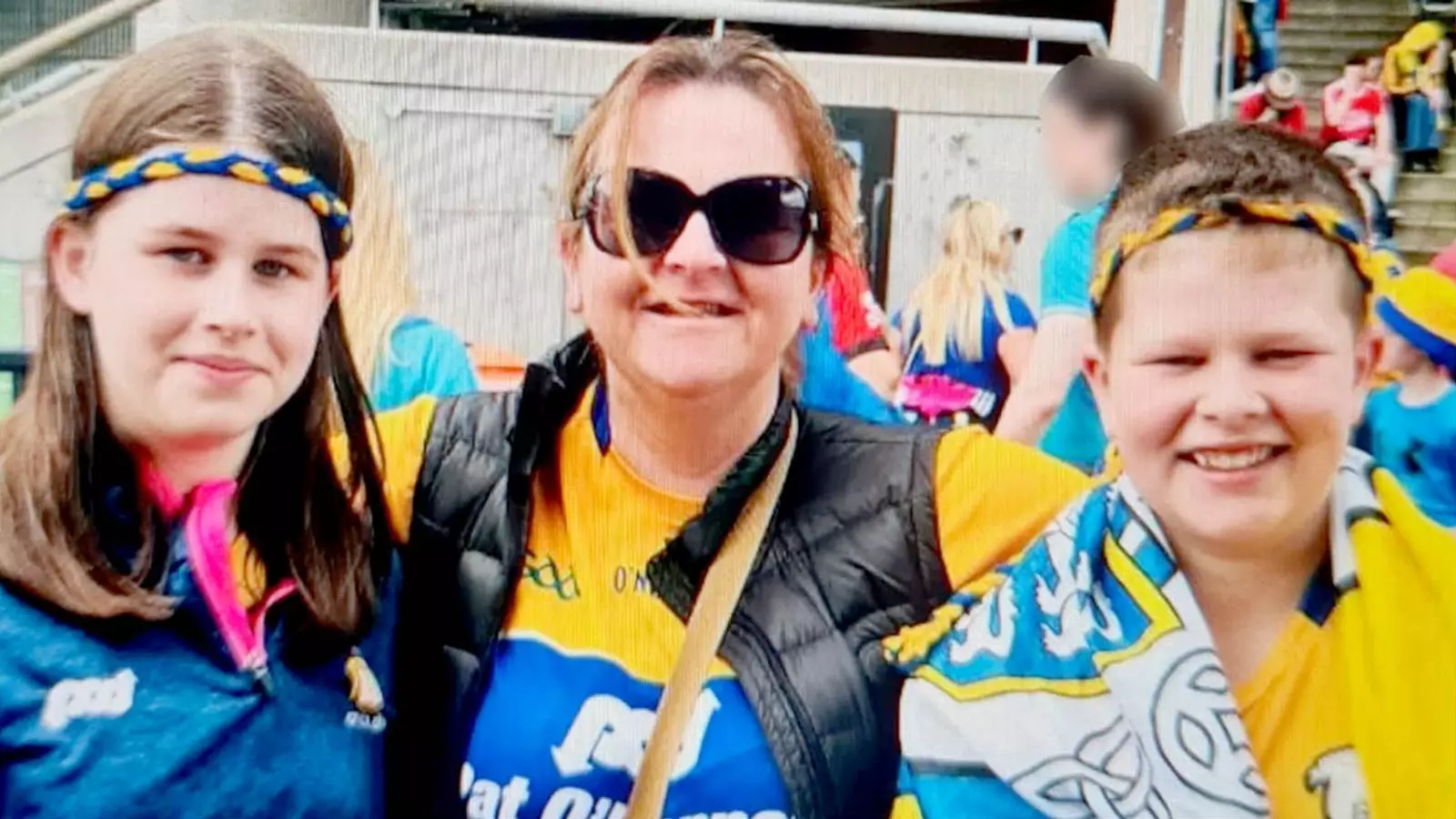The quiet serenity of Maguiresbridge, a community nestled in the scenic countryside of Northern Ireland, was abruptly torn apart by a tragic shooting that claimed the lives of three innocent individuals. This violent act has left a deep scar in a community known for its tranquility and close-knit bonds. The loss of Vanessa Whyte, along with her young children Sara and James Rutledge, is a stark reminder of how fragile peace can be shattered in an instant. Their deaths invoke a profound sense of grief, outrage, and a desperate call for answers that resonates beyond the borders of Fermanagh.
This tragedy raises uncomfortable questions about safety, mental health, and the unseen burdens that can ignite such destructive acts. As police investigations unfold, the community is grappling with shock and disbelief. It’s tempting to dismiss such violence as an anomaly, but beneath this surface lie systemic issues that demand serious attention—issues that link mental health crises, societal neglect, and gun safety. The manner in which a seemingly peaceful household turned into a scene of unimaginable horror forces us to confront uncomfortable truths about vulnerabilities lurking within our communities.
Authorities and Community Grappling with the Unthinkable
Law enforcement agencies are carefully examining whether this was an act of mass violence, a triple murder, and attempted suicide. The police have detained a suspect, a member of the same household, who is gravely injured and presently unable to face justice. The investigation appears to be complex and emotionally taxing, not only because of the tragic loss of life but also due to the community’s reliance on the presumed innocence and privacy of its members.
The police’s call for witnesses underscores the importance of community involvement and transparency in resolving such tragedies. The urgency of their appeal hints at the possibility of hidden motives or overlooked warning signs, which raises concerns about how society manages mental health and domestic issues. Authorities have emphasized that even the smallest detail could be crucial, shining light on the importance of protecting vulnerable individuals before tragedy strikes.
Furthermore, the impact on local social structures is profound. Victims’ active participation in local clubs paints a picture of a community that is both proud and tightly woven. Their involvement in sports and recreation highlights the fabric of everyday life—activities that form the cornerstone of social cohesion. Their sudden removal shatters these bonds and leaves a void that will be difficult to fill.
The Emotional Toll and a Call for Reflection
The community’s response has been one of sorrow and shock. Leaders and residents alike are struggling to comprehend how such violence could infiltrate a rural setting considered safe and stable. Politicians, including Northern Ireland’s Secretary of State and community representatives, have expressed heartfelt condolences, yet words alone cannot soothe the pain inflicted by this tragedy.
This incident exposes the inadequacies in recognizing and addressing mental health struggles before they escalate into violence. It also underscores the necessity of fostering stronger support networks and mental health resources within rural communities—areas often neglected in broader societal debates. Society must now contend with the uncomfortable reality that domestic violence, mental illness, and social isolation are never far from the surface, even in the most peaceful settings.
The aftermath of this tragedy must serve as a wake-up call. It demands a reassessment of our priorities—shifting focus toward community awareness, accessible mental health services, and preventive measures rather than reactive approaches. We need to ensure that tragedies like this do not become just another headline, but catalysts for meaningful change that can save future lives.
Reflections on Societal Responsibility
In analyzing this tragic event, one must reject the notion that such violence is an isolated incident rooted solely in individual chaos. Instead, it must be seen as a symptom of a society struggling with its own failings. Marginalization, stigma around mental health, and lack of community support are factors that indirectly contribute to these nightmares. Addressing these issues requires a balance between individual accountability and societal responsibility—an acknowledgment that safety is inherently tied to social cohesion.
While grief is universal, society’s responsibility is to transform tragedy into an awakening. We must advocate for policies that prioritize mental health, strengthen community ties, and ensure that no family has to confront their deepest despair alone. Only through these collective efforts can we hope to prevent future tragedies and restore a sense of security and hope in communities like Maguiresbridge.
The pain inflicted upon the victims’ loved ones is immeasurable, but it is also a stark reminder that we all share a duty—both to those who suffer in silence and to the community at large. This violence has cast a long shadow, but with active societal engagement, compassion, and proactive intervention, it is possible to foster a future where such tragedies become less frequent and less devastating.

Leave a Reply